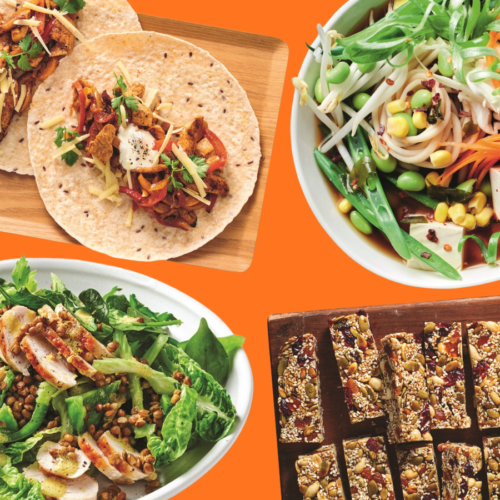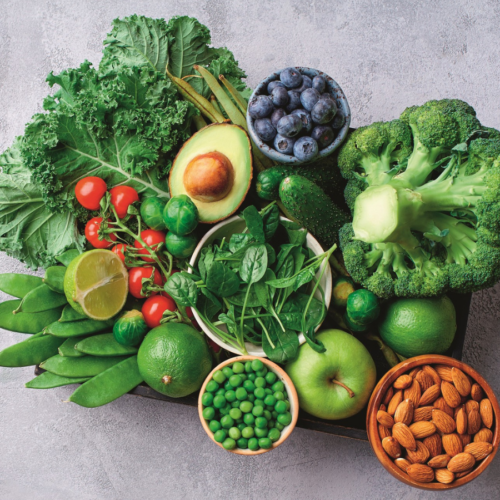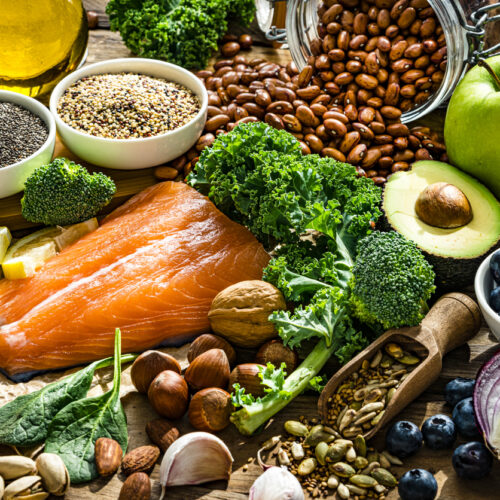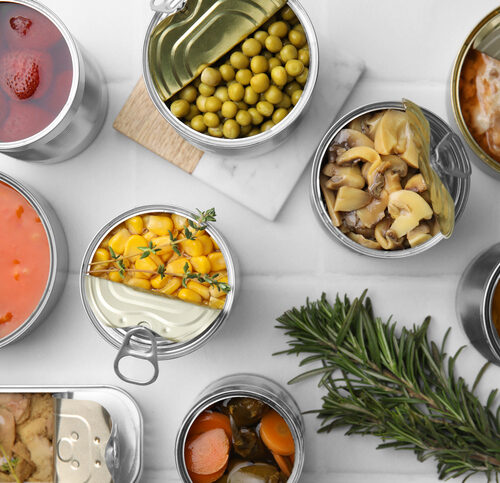
Advice for when you're stocking up on soup.
A friend of mine has this on her office wall: "Quick, cheap or good. Pick any two." She's referring to the projects she undertakes, but I've realised this maxim applies to numerous other things, including soups!
If you want great soup, you're either going to have to make it yourself – cheap and good, but not quick – or you're going to have to buy one of the more expensive soups – good and quick, but not so cheap. That's not to say there isn't a place for the quick, cheap soups too; just don't expect them to be as good.
Chilled soups
If you want 'good' and 'quick', chilled soups are the closest to homemade soups you can buy, so of course they're not the cheapest. Check the 'best before' date on the pack when you're buying chilled soup, we found they vary from 2-8 weeks out. You can use these after the 'best before' date but they may not be their best and they won't last forever. Soup is a great winter standby so you may find freezing a convenient way to keep them on hand without having to worry about the date.
Shelf-stable soups
Available in pouches, cans, boxes, sachets and even ready-to-heat pottles, these soups have much longer 'best before' dates (12 months or more) and can be stored in the pantry. Most of the shelf-stable soups we tried, while not as good as the chilled soups, were very acceptable.
Dehydrated (sachet) soups are cheap, very quick and you can't beat them for convenience. But they're not like homemade soups in terms of taste or texture. On the other hand, they are a healthier snack than a chocolate bar or a couple of biscuits. They are warming on a winter's day and simply stopping to make your soup and drink it can provide a much needed break. Many are quite low in energy, which will suit people who don't need the extra kilojoules, but if you need some food to keep you going, add a grainy roll or toast to bulk it up.
Traps
Fat: Most soups are low in fat but some are not. Watch out for coconut milk in curry-flavoured soups or anything 'butter chicken' flavour. If you're having the soup as a light meal with a grainy roll or toast, aim for less than 10g fat per serve. That will give you loads to choose from. If it's a starter or light snack, aim for less than 3g fat per serve; there's still lots of variety.
Sodium: This is the main bugbear with prepared soups, as with many prepared foods. Many of them are high in sodium. The recommended upper level of sodium is 2300mg per day, which is the amount in just one teaspoon of salt (sodium chloride), and less is better. Most of us get a lot more than that. So while prepared soups are a great warming winter standby, if you have them a lot, or if you are trying to reduce sodium in your diet, seek out the lower sodium soups and stick with them.
Tip
Add a variety of shelf-stable soups to your emergency supplies. Even if you can't heat the soup, it will add flavour and variety to what may be an otherwise bland diet for a few days, or even longer.
www.healthyfood.com










